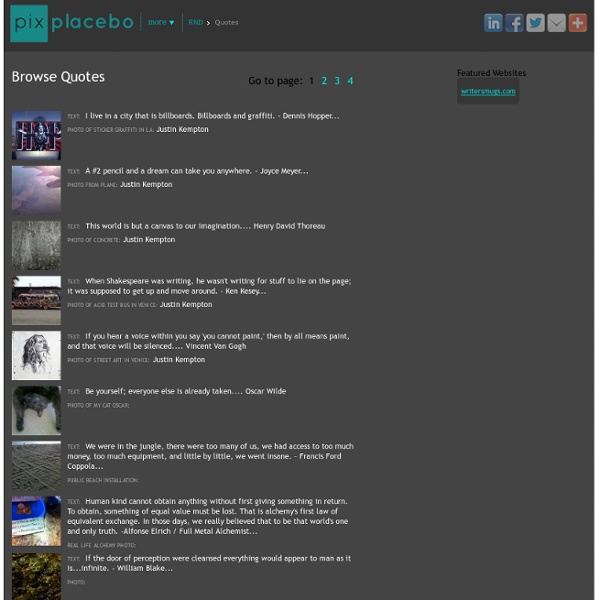



Miguel de Unamuno Miguel de Unamuno (29 September 1864 – 31 December 1936) was a Spanish essayist, novelist, poet, playwright and philosopher. His major philosophical essay was The Tragic Sense of Life (1913), and his most famous novel was Abel Sánchez: The History of a Passion (1917), a modern exploration of the Cain and Abel story. Biography[edit] Miguel de Unamuno was born in Bilbao, a port city of Spain, the son of Félix de Unamuno and Salomé Jugo. As a young man, he was interested in the Basque language and competed for a teaching position in the Instituto de Bilbao against Sabino Arana. Unamuno worked in all major genres: the essay, the novel, poetry, and theater, and, as a modernist, contributed greatly to dissolving the boundaries between genres. In addition to his writing, Unamuno played an important role in the intellectual life of Spain. Unamuno was a well-known lusophile, being probably the best Spanish connoisseur of Portuguese culture, literature, and history of his time. Fiction[edit]
Typography Captures the Essence of Four Great Cities [Video] | Co.Design If you've ever been young and alone in a foreign country, we're betting you'll melt after watching "Live The Language," a series of videos which combine exquisite typography and playful visuals to cinematically capture the joy (and uncertainty, and terror, and everything else) of learning a new language in a strange city. Take the video for Paris, for example. Jean-Luc Godard famously said that all you need to make a movie is a girl and a gun, but after watching this and literally tearing up at the end, I propose an amendment: all you need is a girl and a font. The films' luscious imagery comes courtesy of cinematographer Niklas Johansson, but the type -- by Barcelona-based designer and art director Albin Holmqvist -- is what truly makes them magical. Of course, shooting in the most glamorous and fascinating cities on earth never hurts a film's chances, either.
Miguel de Unamuno De Wikiquote, la colección libre de citas y frases célebres. Miguel de Unamuno (29 de septiembre de 1864 - 31 de diciembre de 1936). Escritor y filósofo español. Nace en Bilbao y muere en Salamanca M. de Unamuno, 1925 Citas[editar] "Acaso la enfermedad misma sea la condición esencial de lo que llamamos progreso, y el progreso mismo una enfermedad". Sobre el escritor[editar] "Don Miguel no era un existencialista: era la Niña de los Peines y Conchita Piquer en una sola pieza, un fenómeno marginal y aberrante. don Miguel de Unamuno, fuerte vasco, lleva el arnés grotesco y el irrisorio casco del buen manchego. jinete de quimérica montura, metiendo espuela de oro a su locura, sin miedo de la lengua que malsina. A un pueblo de arrieros, lechuzos y tahures y logreros dicta lecciones de Caballería. Y el alma desalmada de su raza, que bajo el golpe de su férrea maza aún duerme, puede que despierte un día. Quiere enseñar el ceño de la duda, antes de que cabalgue, al caballero; cual nuevo Hamlet, a mirar desnuda
PsiKolibro Free eBooks Download - ebook3000.com 100 Whimsical Words by Mark Nichol The English language can be maddening to native speakers and learners alike, but is also delightfully rich, especially for those who seek to convey a lighthearted tone in their writing. Here are 100 words it’s difficult to employ without smiling. Though their meanings may be obscure, they each present a challenge — I mean an opportunity — for you to paint a vivid word picture. Imbue your musings with mirth by incorporating these terms: LibriVox PostSecret Peony Most are herbaceous perennial plants 0.5–1.5 metres (1.6–4.9 ft) tall, but some resemble trees 1.5–3 metres (4.9–9.8 ft) tall. They have compound, deeply lobed leaves and large, often fragrant, flowers, ranging from red to white or yellow, in late spring and early summer. Name[edit] Peony close-up Classification[edit] A cultivated hybrid peony Peonies can be classified by both plant growth habit and flower type. Chemistry and biological activities[edit] Over 262 compounds have been obtained so far from the plants of Paeoniaceae. The herb known as Paeonia, in particular the root of P. lactiflora (Bai Shao, Radix Paeoniae Lactiflorae), has been used frequently in traditional medicines of Korea, China and Japan. Propagation[edit] Paeonia caucasica Fruit of Paeonia suffruticosa Herbaceous and Itoh peonies are propagated by root division, and sometimes by seed. Species[edit] Woody species (about 8 species) Paeonia decompositaPaeonia delavayi (Delavay's tree peony)Paeonia jishanensis (syn.
Mer...